Yarrow /achilea millefolium/ is one of the most familiar and popular herbs in the world that belongs to the Asteraceae family. It is a perennial herb that reaches a height of one meter. The whole is covered with gray hairs that determine its gray-whitish color.
The main feature of the plant are its thousands of leaves that have tall stalks. Clusters are flat, composed of many small flowers resembling baskets. Use the entire above ground part of the plant, with or without color.
History of Yarrow
Excavations in Iraq have shown that white yarrow was known as a medicinal plant since ancient times. In I century, Roman military physician Dioscorides Pedaniy was the first to mention Yarrow as a means to heal wounds. In the 4th century, doctor Marcellus recommends it against Empiricus’ nosebleeds.
In the Middle Ages, Yarrow is one of the most cultivated medicinal plants in the Dominican and Benedictine monasteries. In the 18th century, European pharmacies began to sell water, juice, extract and oil of yarrow. Fresh juice of the herb is used against stomach problems and kidney stones.
For two millennia, millions of Chinese use yarrow for divination. For this purpose, use 50 sprigs of herbs made of sticks of equal length, which if dispersed form different shapes.
Even this widespread and long known, the herb has not been the subject of serious medical studies. Therefore, its use is limited to the fields of cosmetics and traditional medicine.
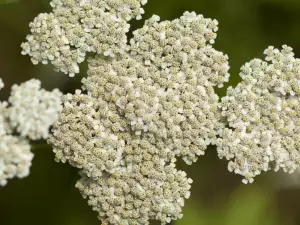
Composition of Yarrow
Yarrow has a specific chemical composition. There is a large amount of essential oils / camphor hamasulene, sabinene /, beta-carotene, tannins, resins, flavonoids, alkaloids, choline, formic, acetic and salicylic acid, vitamins K and C, minerals / salts of zinc, magnesium, molybdenum, manganese, cobalt, and iron/. In Yarrow seeds are up 21% essential oils. The herb contains ahilein /bitter substance / tannins, asparagine and nitrate.
Selecting and storing Yarrow
Herbalism uses all parts of the herb - leaves, flowers and stems. Harvest just before full bloom, cut close to the upper branch, without taking stem segments. Stems are collected from July to September. Dry for about 5 hours in the sun, then dry in the shade.
Yarrow is a very common herb that can be purchased from almost any pharmacy, herbalist or pro shop. They are most commonly found dried. Yarrow is stored in a dry and cool place, wrapped in a plastic bag.
Benefits of Yarrow
The composition of the herb has valuable qualities such as anti-inflammatory, analgesic, antibacterial and emollient for external use. The hamasulene is believed to act as an anti- allergic agent. Its anti -inflammatory effect makes it very valuable for colds and flu in different states.
Yarrow increases appetite and gastric secretion. It is used as a prophylactic against the formation of kidney stones. It is anti- spasmodic and quite toning.
Traditional medicine with yarrow
The most widespread use of the Yarrow takes the form of tea. Tea medicinal plant is used for menstrual problems, as an effective styptic. Acts as a sedative in women with menopause, is a valuable aid in vaginal discharge, fibroids or ovarian inflammation. Tea of Yarrow ensures normal motor and secretory functions of the stomach.
This healing drink is great painkiller. This tea was named one of the most nutritious and healing. To prepare it, pour 15 mg of the herb in 200 ml of boiling water. Once cool, take one tablespoon 3 times daily before meals. A decoction of yarrow can be gargled for inflammation of the mouth and bleeding gums.
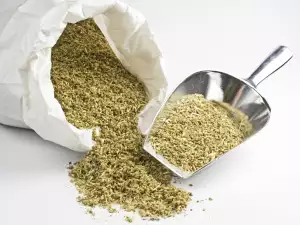
Infusion of yarrow is recommended for people who suffer from heartburn, angina, intestinal infections and bleeding in the stomach. For this purpose, drink 2-3 cups a day. Yarrow tea is useful for bile and liver infections because the herb relaxes spasms and increases the secretion of bile.
Ointment of yarrow is very effective in piles. To do this, heat 90 g lard / skim oil and add 15 g chopped fresh flowers of the herb and 15 g chopped leaves of raspberry. Saute the mixture and remove from the heat. The next day, warm a little ointment, strain it with a linen cloth and pour it into small jars. Store in a refrigerator.
Baths with infusion of yarrow are useful both for hemorrhoids, and in leucorrhoea, urinary incontinence, ovarian inflammation, vaginitis and other gynecological infections. To prepare the bath, soak 100 grams of the herb in cold water and leave overnight. The next day, boil the mixture and strain.
Compressesof Yarrow help with bruises, sprains, cuts and various burns. Yarrow tincture is very effective for colds and rheumatic pains. Soak a handful of yarrow in 300 ml of spirits or rubbing alcohol and leave for two weeks.
Dangers of Yarrow
Yarrow strengthens uterine contractions and therefore should not be taken by pregnant or nursing women. Taking high doses of the herb can cause dizziness and headaches.
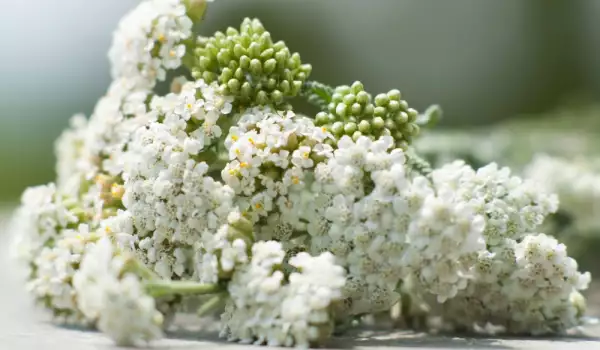
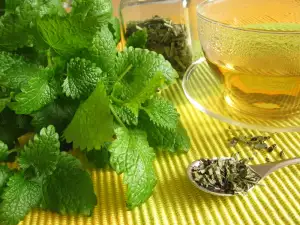
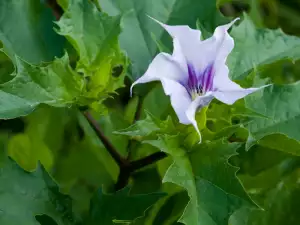
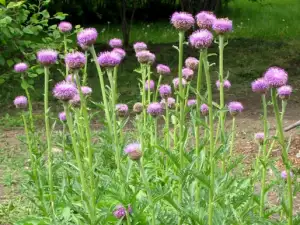
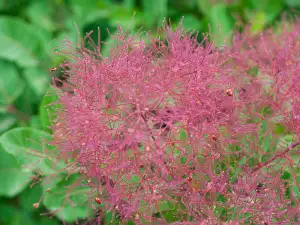


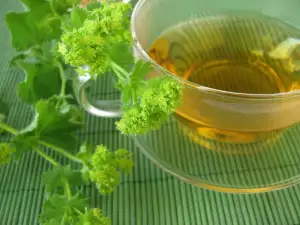


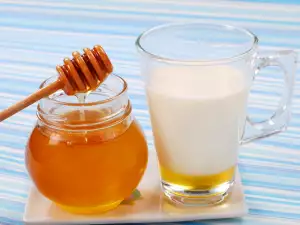
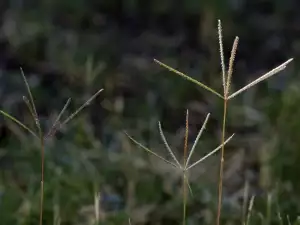
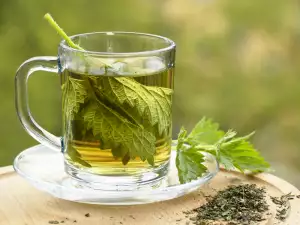





Comments